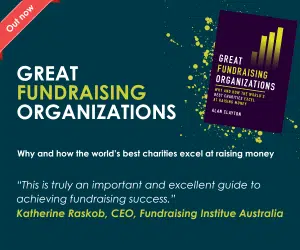Legacy marketing investment increases to 6.2% of total fundraising spend

Investment in legacy marketing rose from 4.6% of overall fundraising spend in 2020-21 to 6.2% in 2022/23, according to newly released data from the Legacy Futures group.
Pre-pandemic, in 2018/19, legacy investment was 3.7% of overall fundraising spend.
According to Legacy Marketing Benchmarks, a biannual benchmarking programme involving around 30 of the largest charities by legacy income, this growth likely reflects both growing awareness of the importance of legacies in charity sustainability and hard work in securing budget for legacy marketing.
Advertisement
Still relatively small spend
Legacy Futures group also highlights that while investment has increased, it still accounts for a relatively small proportion of overall fundraising spend, despite legacy returns sometimes being substantial. The charities that submitted data to the research project spent £1 on marketing for every £35 of legacy income and had just one staff member for every £3mn of legacy income.
Where the investment goes
The majority of investment goes into recruiting new legacy audiences, the research found, with acquisition marketing and free will schemes together making up for 88% of legacy marketing spend. Stewardship accounts for 5% of spend, and awareness raising 6%. However, stewardship activities take up over a third of staff time.
Calculating ROI for legacy marketing
Overall return on investment for legacy marketing across the sector is around £15 per £1 spent (1:15): a calculation that takes into account the negative impact of a delayed return, as legacy income is a mid to long-term investment, and the potential uplift of silent legators (those who don’t make their pledges known to the charities they support).
Ashley Rowthorn, CEO of Legacy Futures, commented:
“While it’s good news that more charities are investing in their legacy marketing, one inevitable outcome is that the marketplace becomes more crowded, with more charities than ever vying to be heard. This means that individual organisations are having to work harder to cut through and that those not investing may struggle to be noticed.
“The flipside is that the combined efforts of charities to convey the legacy message drives an increase in the market overall, benefiting the sector as a whole.”
The Legacy Marketing Benchmarks public briefing can be viewed here.



